Some places on Svalbard you can just go and see, as long as you possess and know how to use a snowmobile and a rifle.
Then there are other places, where no tourist can go without a guide or a permit that is unobtainable for most of us. Like the East Coast of Svalbard, Østkysten, for example. It’s an unforgiving polar wilderness, a place you must know well in order to safely navigate it. Most of the footprints you see in the snow here will have claws on them, and if something happens, help may not arrive until it’s far too late.
This also explains why many visitors to Svalbard want to go exactly to the East Coast. The ice is larger there, just like your chances of seeing polar bears. Every time you turn the corner of a stranded iceberg, anything may happen. Exploring this place means a full day of excitement.
We start from Adventdalen, as always. Before we even get going, we’re treated to maybe the best mountains we’ll see all day.
A trip to the East Coast is not for the mountains, but for the ice. You’ll see.
From Adventdalen we take a left into Eskerdalen. We can come through here when we go to Tempelfjorden as well, but the two trips split up when the trail reaches Sassendalen, at the far end of the mountain in this photo.
From there it’s Tempelfjorden down the valley to the left, and the East Coast up the valley to the right.
A preview of the magnificent ice we’ll see today comes after driving for about an hour. We stop at a moraine left by the glacier Rabotbreen.
Under a cover of gravel, this blue, transparent ice will still melt, but much slower than without the cover.
We travel east, ascending a series of glaciers; Rabotbreen, Klauvbreen, and Königsbergbreen.
On a spot with several hundred meters of ice beneath us, we make a stop. In the distance we see another group doing the same, almost invisible in this large and empty landscape.
Finally we reach the East Coast. We enter the bay Mohnbukta, where three glaciers meet; Königsbergbreen, Hayesbreen and Heuglinbreen.
The wall of ice in front of us is massive. Global warming will have to go on for a while for all this to eventually be gone. Still, looking at the map on my GPS, I can’t help but notice that the frozen sea we stand on used to be buried under this glacier only a few years ago.
Driving along the wall offers many splendid views. Some ice looks like granite. Other parts are covered in soft-looking piles of snow. My own eyes feast on green ice, blue ice, white ice, and grey ice. This is as pretty as anything so cold can ever get.
When you’re on the East Coast, it’s best to not be completely distracted by all the ice. Make sure to give the ground around you a glance every now and then. Maybe you’ll see something important.
There’s nowhere on Svalbard you can be guaranteed to see polar bears.
Actually, there’s nowhere on Svalbard you’ll even have a particularly good chance of seeing a polar bear, not even from far away.
But on the East coast, you’ll almost certainly see footprints that will remind you of their presence. They can’t be mistaken for anything else.
Although the surface we drive across seems safe, we have to make stops and dig down through the snow to find out if we’re on safe ice or not. Turns out there’s some slush down there, so we head back to the shore.
We look around a little nervously while our guide checks the ice. A few weeks earlier, two men checking the thickness of the sea ice were attacked by a polar bear right here. They managed to shoot and kill the animal, but that’s a pretty random outcome of a situation like that. An investigation showed that the polar bear had stalked the men for a while, and used all its skills to sneak up on them while they were busy working the ice.
With safe ground under our feet again, we stop at the northern shore of Mohnbukta to look out at the bay. First and foremost, we try to locate something that is white, big and moving, preferrably not towards us. There are hundreds of large icebergs stuck in the sea ice out there, offering the polar bears all too many places to hide.
We see no polar bears, but our consolation prize is that we get to see a lot of really beautiful icebergs out in the bay.
The colored ones really stand out from all the whiteness.
For a short moment I think I see a snowmobile out on the ice, but it turns out to be just an imitation made by nature.
Further back there’s a barely visible stretch of open water between us and the mountains in the distance, on the island Barentsøya. That is prime seal hunting territory for a polar bear. It’s too far away for us to see if there’s anything going on out there.
After checking that there are no dangers lurking nearby, we sit down and take in the view of Storfjorden.
“There’s nothing more beautiful than this silent, frozen landscape”, our guide mutters, while still keeping his World War II Mauser rifle on the ready, just in case the silence suddenly should be interrupted.
The only animal we see out on the ice today is this frozen bunny.
Icebergs come in a wide range of colors. The differences may be explained by how quickly the water froze to ice, whether there was algae in the water, or if the ice contains dirt and sediments that a glacier once picked up on its way to the sea.
Red ice is easy to explain, though. It will have a most recent reason.
Let me just stress that although it can be incredibly exciting when you find it, do take an extra look around before you approach red ice.
As we get closer to the redness, we find various body parts spread out on the ground. Quite a few birds are hanging around, enjoying the spoils.
It’s illegal to track polar bears by tracking their footprints, but if you see several birds gathered in the same place in the middle of the ice, it’s okay to carefully head over and see what’s going on.
It’s a literal bloodbath, as we anticipated.
Seals spend much of their time under the ice, where they find their food. Even in ice up to two meters of thickness, a seal can maintain a breathing hole throughout the winter. Polar bears are patient, and whenever they sense their way to a breathing hole, they may just lie down and wait. And wait. Easily for hours. Whenever a seal head pops up from the hole, the bear will grab it, use its jaws to crush the seal’s head. Soon the breathing hole will be a bleeding hole like this one.
Mature bears prefer the skin and blubber, which both are easy to digest and rich in calories. Young bears go more for the meaty bits, which is rich in proteins and good for a growing body. When you see a scene like this, where there’s practically nothing left of the prey but red snow and a few bones, it may indicate that a mother with cubs came through here.
Another reason for suspecting that this was a family hunt, is that we can see many clawed footprints in different sizes.
We decide to swiftly move on from the bloody spot on the ice. This all looks a little bit too fresh for comfort. Especially if there’s a protective mother around.
We continue to the southern side of the bay, where a trapper’s cabin from 1928 lies in the shade of Domen mountain.
This basic building is not dug into the ground, it’s just semi-buried by lots of drifting snow. Unfortunately, we’re not allowed to look inside this piece of cultural heritage.
A little bit south past the cabin, where we can see towards Kapp Johannesen, we test the ice again. It’s obvious that it will not be safe to continue.
This is as far as we’ll get today. It’s time to head home to Longyearbyen.
On a hill below Kroghfjellet we stop to do a final scan of the bay, still hoping for a glimpse of a predator.
There’s none. Instead we’re treated to this view of the glacier Hayesbreen, surrounded by a cluster of all-white mountains.
As we sit there, we’re checked out by this bird, a northern fulmar. It’s clearly curious about who or what we are, passing us by several times.
The coolest thing about the northern fulmar is how it protects itself from flying predators. It will spray its opponent with a liquid that will damage feathers to the degree that it renders the attacker unable to fly, thereby slowly killing it. We’re happy to receive no such shower.
Before leaving Mohnbukta, we drive one more time along the wall of the glaciers that meet there. In the afternoon light, the wall looks quite different from what it did this morning.
I suppose it’s a good sign when the guide spends more time photographing stuff than we do. It must be a good day.
Note the sled behind the guide’s snowmobile. It’s the typical amount of emergency stuff you should bring along on any day trip to the East Coast, just in case you will need it. These boxes contain many things you would never imagine you might come to need, but they’re all there for a reason.
The wall of ice, where the glaciers end, comes in many different forms.
This section makes me hungry. It reminds me of a cake.
Halfway back to Longyearbyen, we stop at the edge of Sabine Land. In the background you see the mountain Moskushornet (692 meters).
A group of dog sledders have set up camp here. While we are going to be back in Longyearbyen in a couple of hours, these guys are much farther away from civilization. At the same time, they’re just one satellite phone call away from being picked up by a helicopter, if there’s an emergency.
Svalbard attracts a lot of visitors with an urge and a willingness to pay what it costs to feel like an explorer for a few days, without all the risks and hassle. I’m not entirely sure what to think of that. It certainly causes a good number of rescue missions on Svalbard every year.
The last challenge for us today is to navigate through this barren and rugged landscape and descend into Sassendalen.
Few places on Earth feel this alien, yet are so relatively accessible.
It’s been nine quick hours since we got on the snowmobiles. We’re tired, but going down Adventdalen and past Helvetiafjellet mountain is easy on this snowmobile highway.
Today made me happy, but I’m already planning on sitting quietly in a chair all day tomorrow. It’s been a treat, but every day can’t be like this. Going to the East Coast is special.
Now, let’s get out of here.
Word to your mother
Practical Information
Here’s a map showing the route we followed on this trip, or at least the part from when I remembered to turn on the GPS until the batteries went out on me.
For a better map, I recommend TopoSvalbard.
How to get to Østkysten
Østkysten, the East Coast, is not part of the area where tourists can go without special permission. Therefore, the most convenient way to see it is by going on a guided snowmobile trip.
Several companies offer this tour. Distance-wise, it’s the longest and most expensive single-day trip on offer, so don’t pick it as your first snowmobile experience. You could do just that, of course, but take into consideration that you may be the one who is slowing down the group. If so, most of the day may be spent just traveling to and from the East Coast, instead of enjoying the ice and wildlife there. In case of a polar bear encounter, it’s generally a good idea to not be the least popular person in the group. Just saying …
If you book a trip well in advance, you can be fairly certain that you will get to go. This is especially important between late March and early May, when there are most tourists around. You can also wait around for a best possible weather forecast and book the day before. Then you know you’ll have a perfect day. The downside is that you risk that all trips are booked out.
I have compiled a list of companies offering trips to Østkysten. They all have similar equipment, and they all go to the same places. They also serve the same meal for lunch, “Real Turmat”, a mysterious goo that is quite, but not entirely unlike actual food.
I have included the prices quoted on the various websites for 2021. Again, no matter who you go with, your experience is going to be pretty much the same. Weather and luck with what you get to see are more important factors than how much you pay.
Pickup from your accommodation in Longyearbyen is always included. The duration includes time spent getting you dressed and ready for the ride.
These prices are for when you drive a snowmobile yourself. If there are two of you, and one of you wants to be a passenger, or if you want to split the driving between you, the cost for the passenger is generally around 1,000 NOK less.
East Coast Tour Operators
- Arctic Adventures, 10 hours for 3,190 NOK
- Basecamp Explorer, 12 hours for 3,990 NOK
- Camp Bolterdalen, 10 hours for 3,690 NOK
- Hurtigruten Svalbard, 10 hours for 3,895 NOK
- Poli Arctici, 10-12 hours for 3,590 NOK
- Spitzbergen Adventures, 10-11 hours for 3,695 NOK
- Svalbard Adventures, 10 hours for 3,890 NOK
For tips regarding where to eat and sleep in Longyearbyen, please see my separate post about walking around town. 🙂
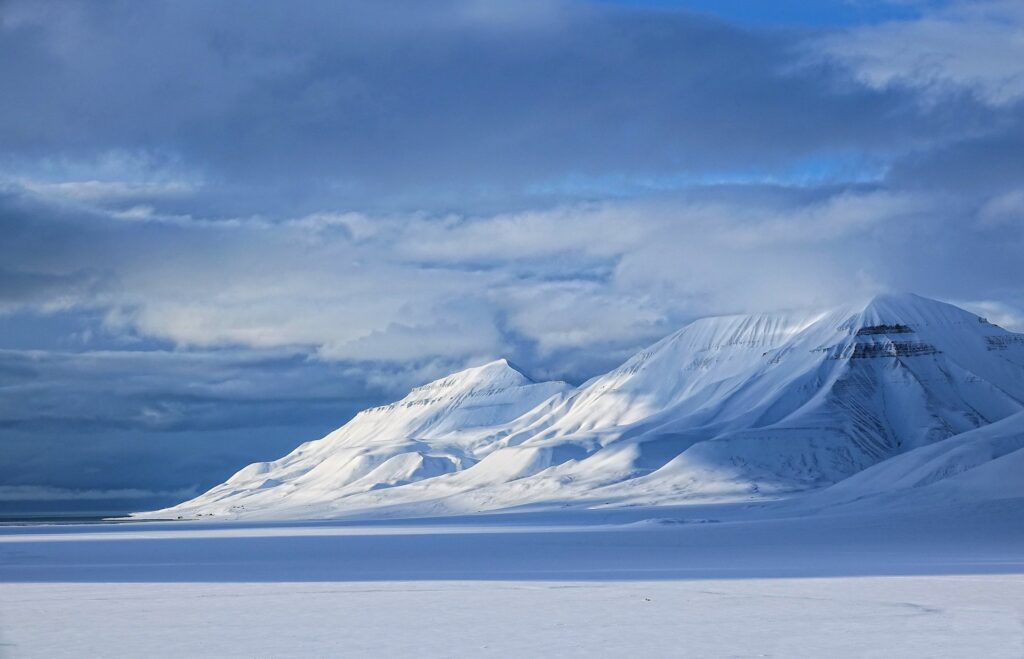
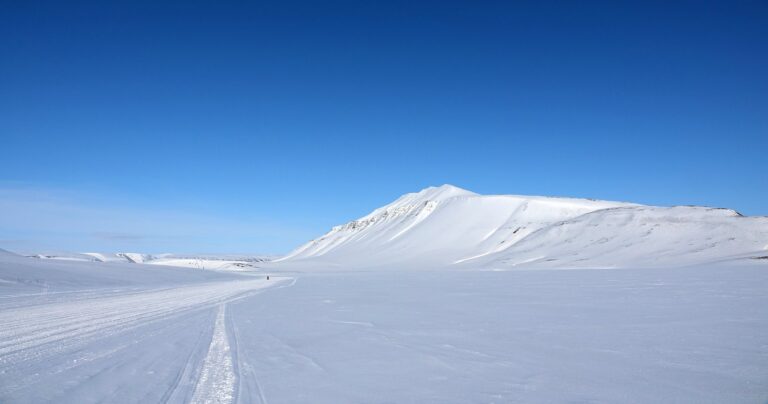
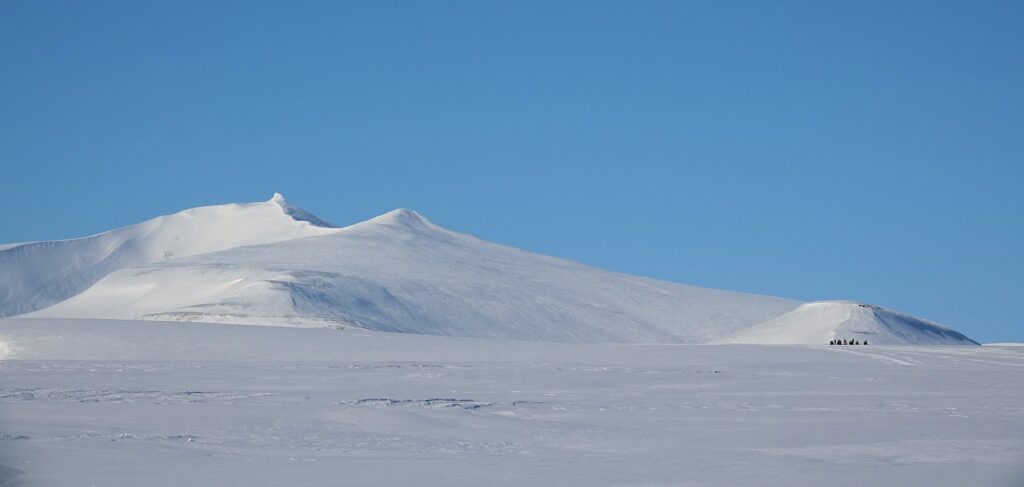
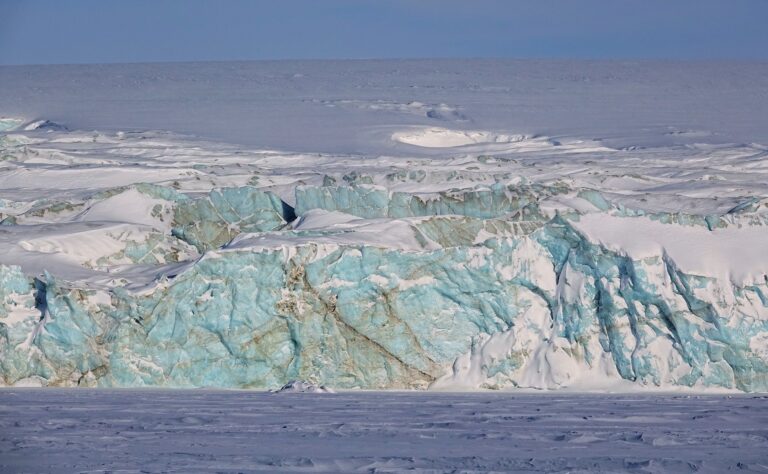
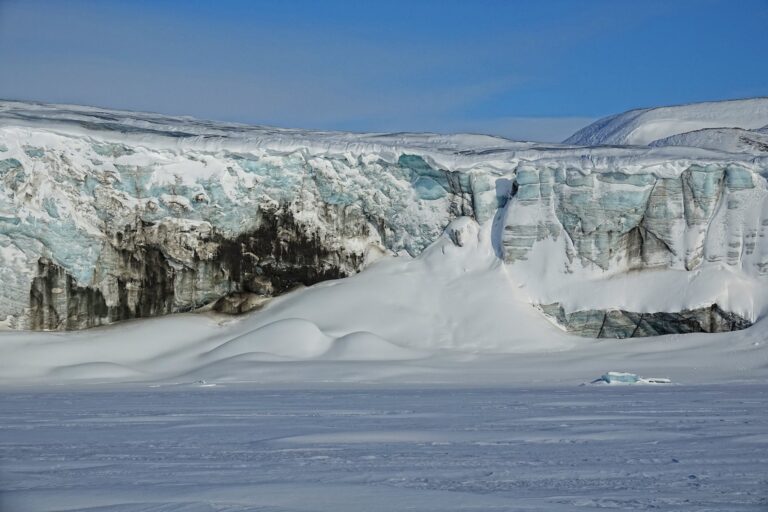
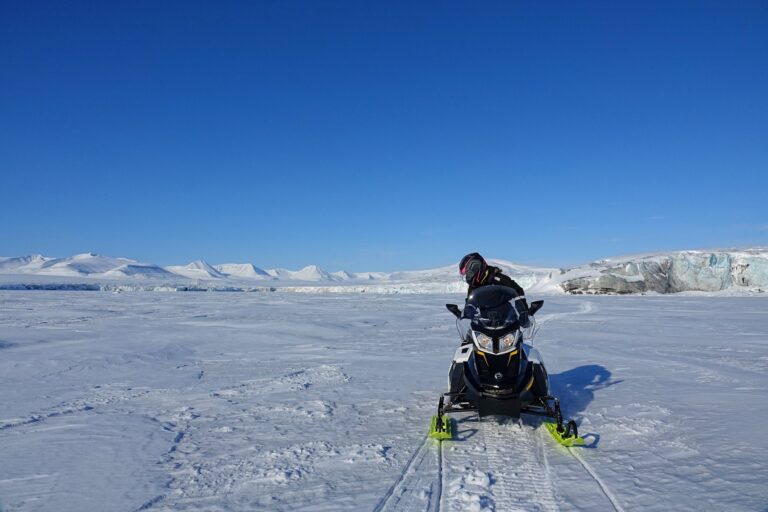


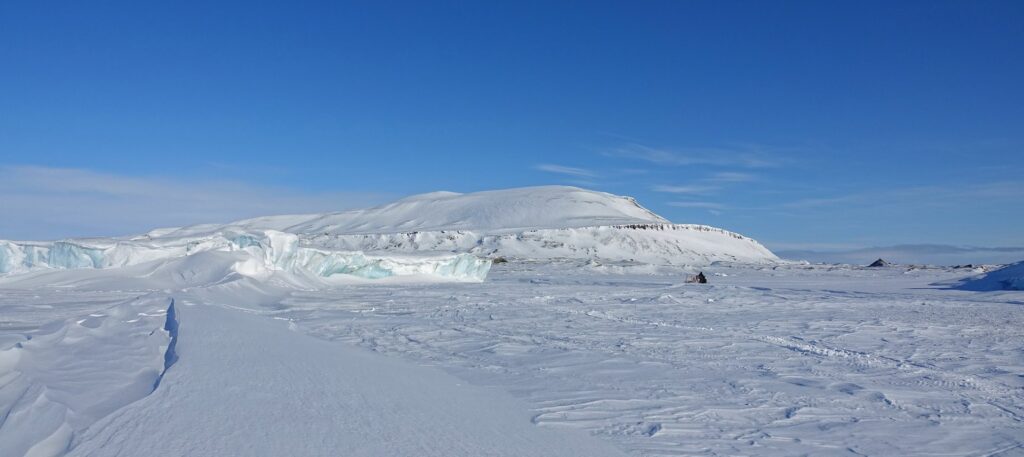

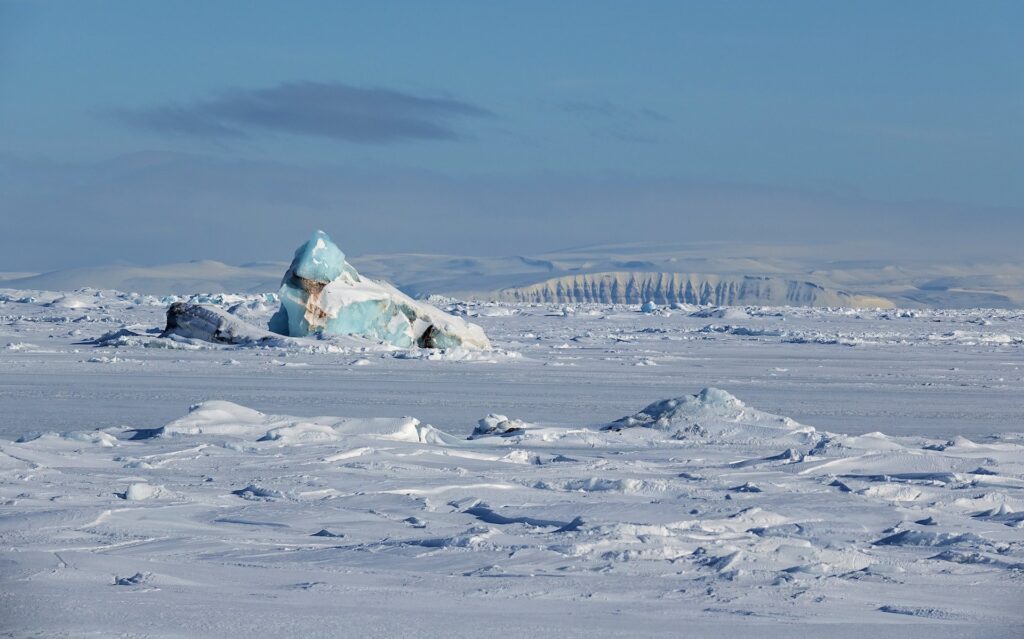

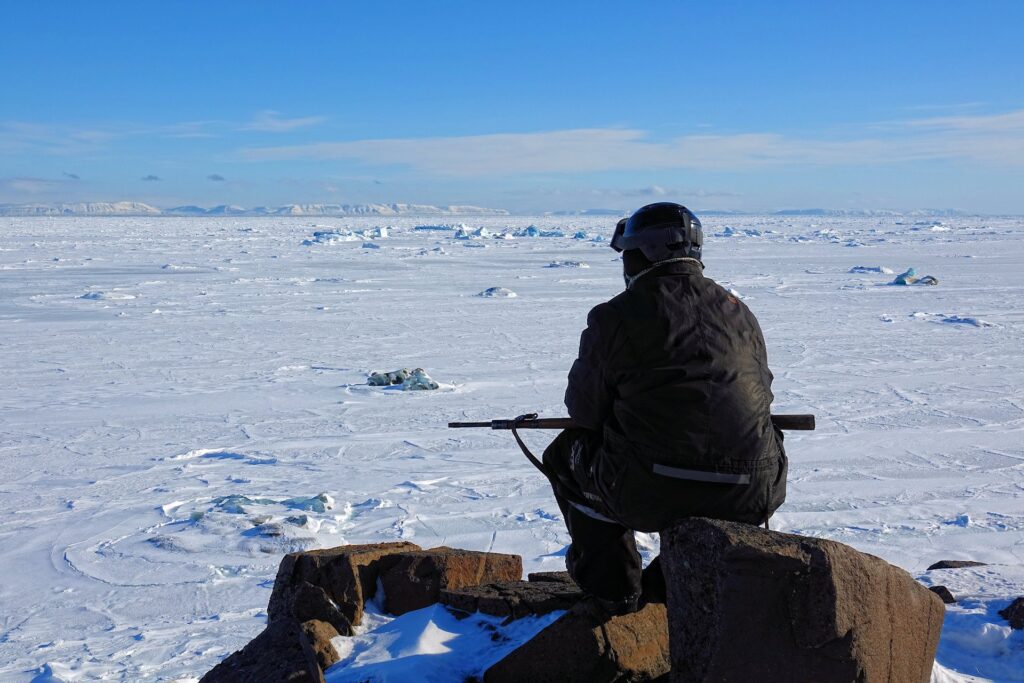


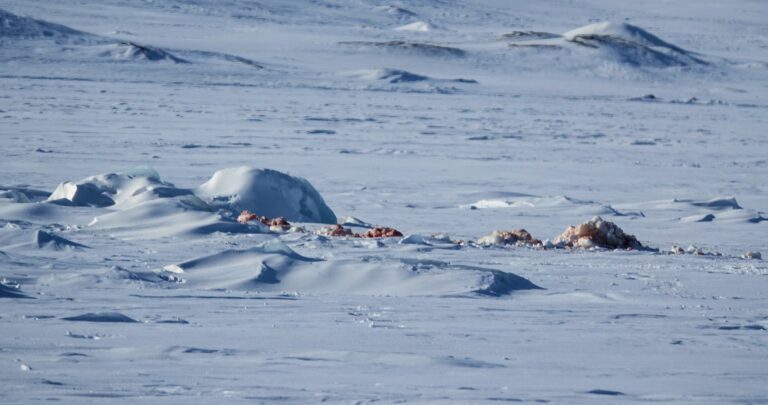

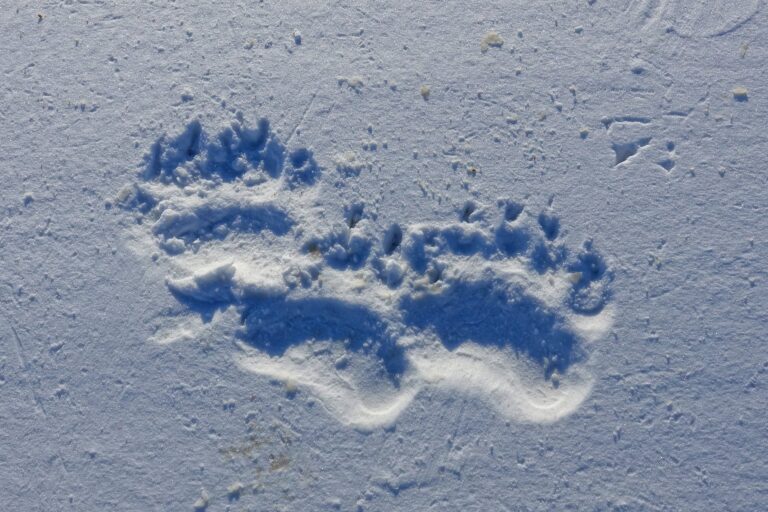
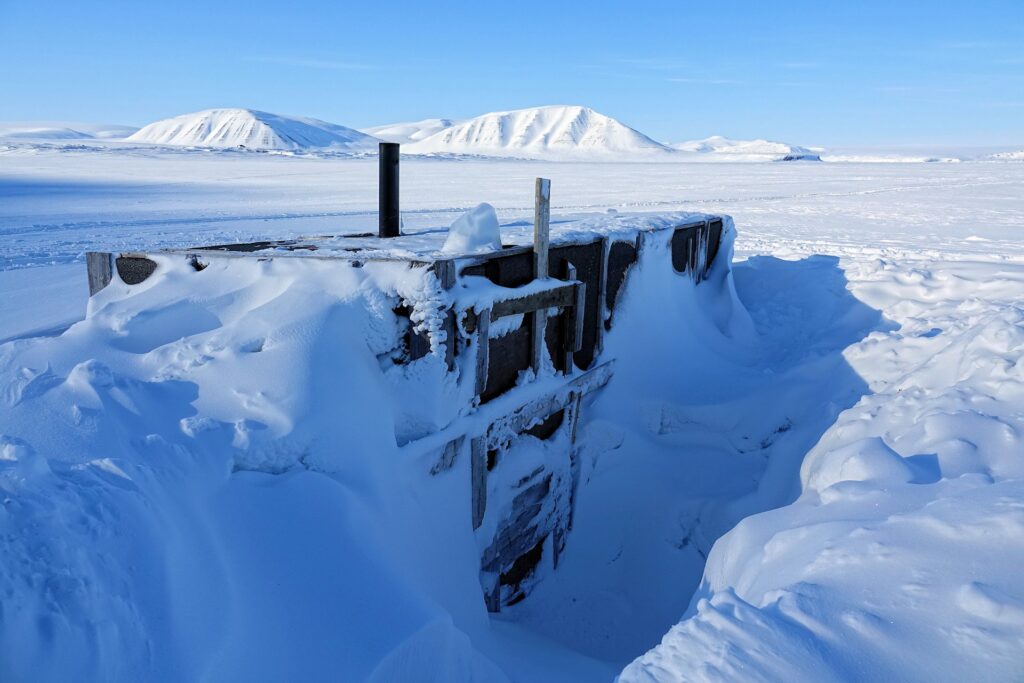
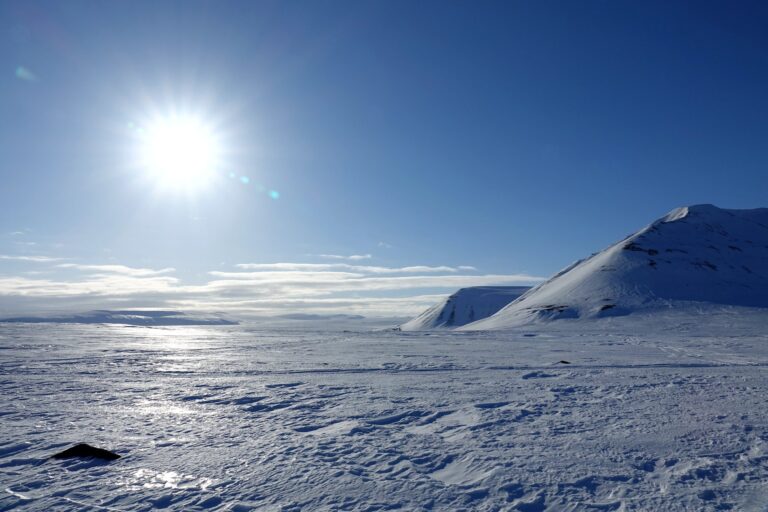
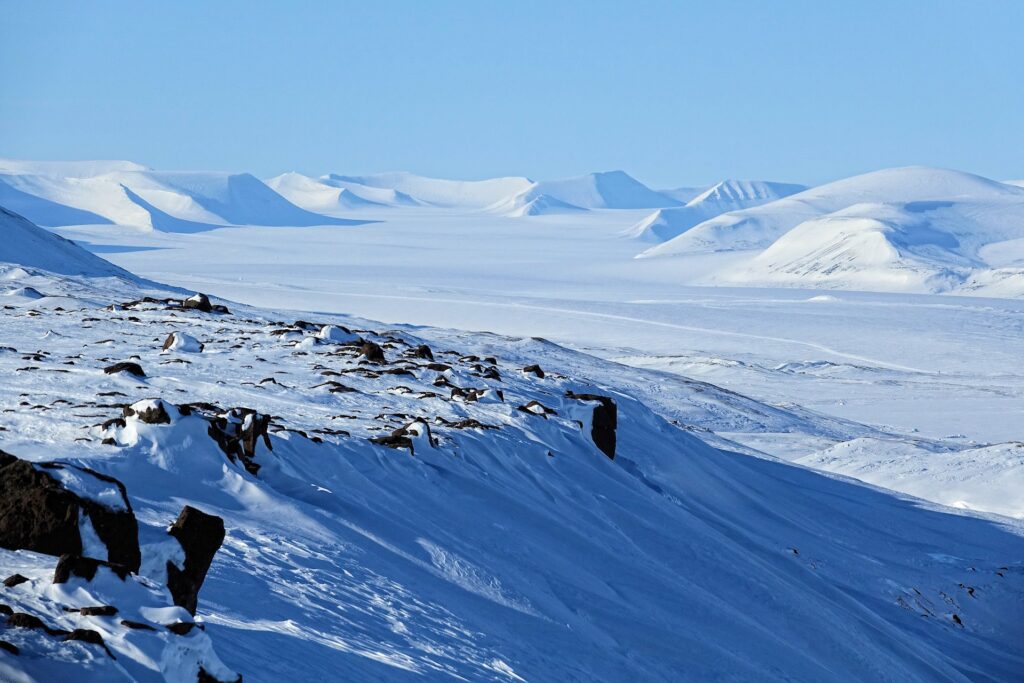
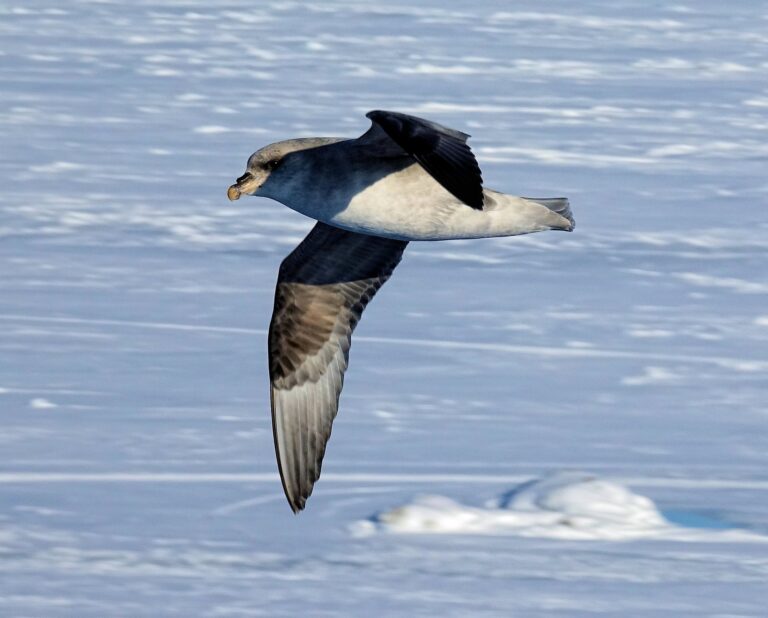
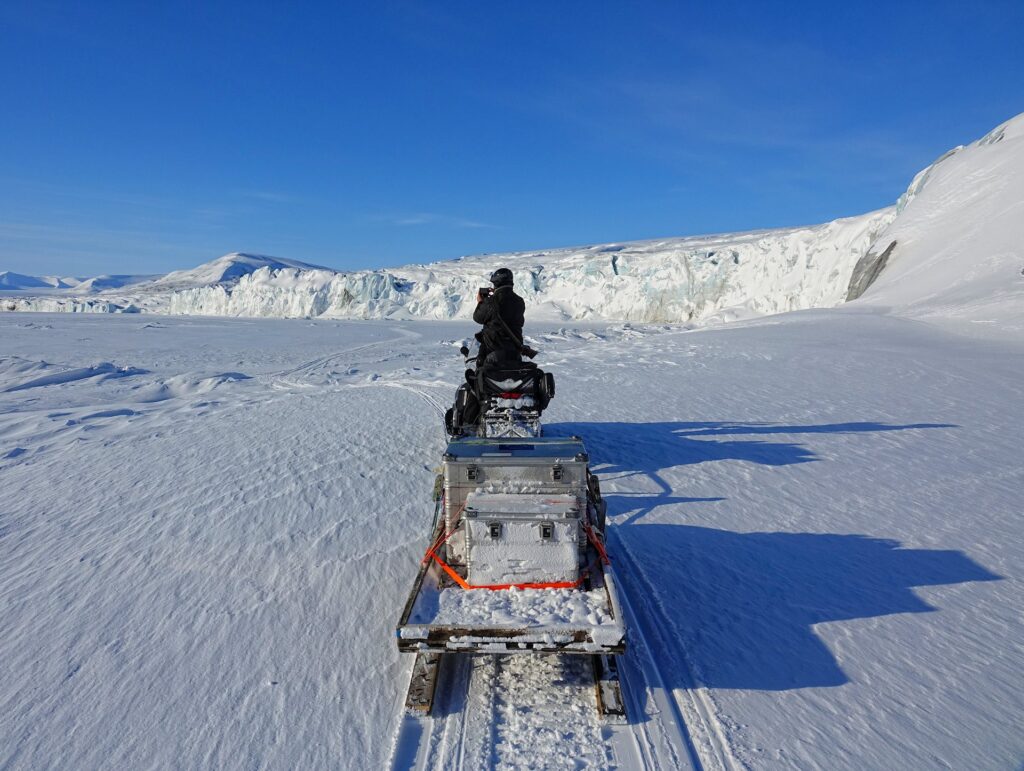
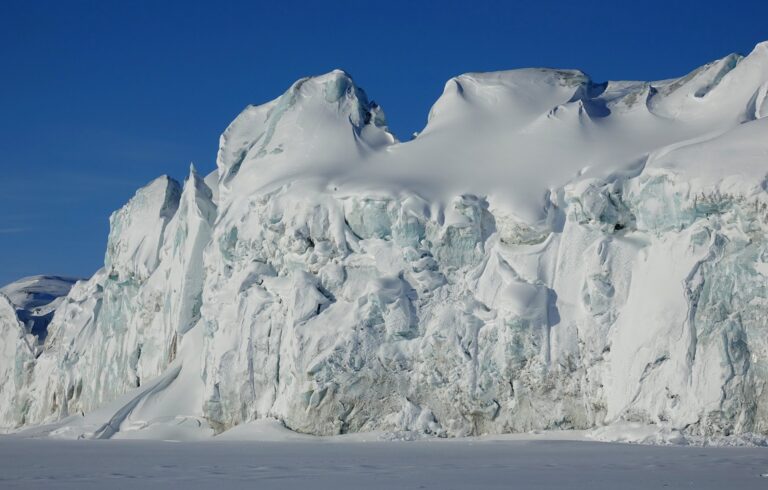
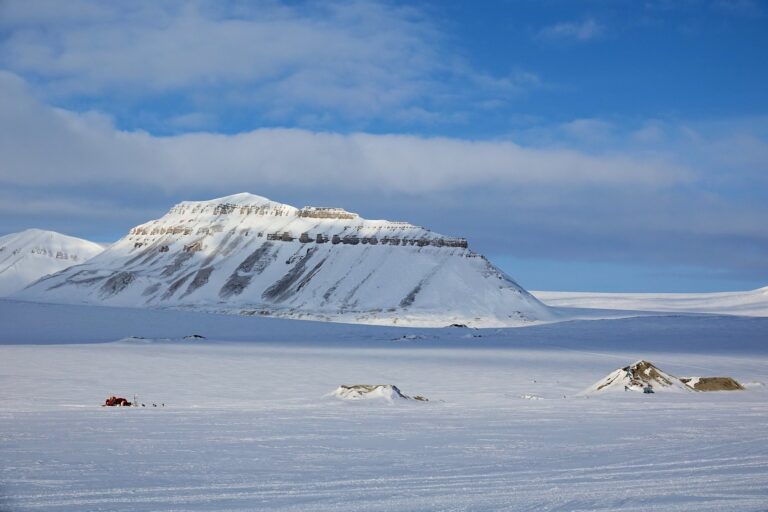


2 Comments. Leave new
Glimrende blogg post Bjørn!
Hilsen en av hundekjørerne på bildet fra Rabotbreen.
https://langsomt.no/svalbard-2021/
Så moro! 🙂 Ser ut som om dere koste dere minst like mye som vi gjorde. Krysse over Königsbergbreen og Klauvbreen må ha vært en slitsom affære, så jeg skjønner godt at dere tok en god hvil ved Rabot.
Håper dere blir å se på Svalbard igjen på nye eventyr!